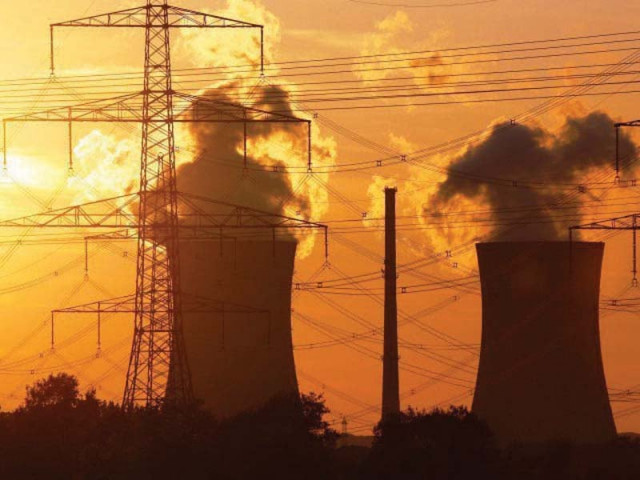Pursuing privatisation at a cost
Research shows well-integrated natural monopoly entails welfare gains

Proponents are pushing hard to achieve the ideals of competition, but they brush aside another market structure, ie, natural monopoly. PHOTO: FILE
The so-called promises are that electricity privatisation would promote competition, bring the cost structure down, ensure reliability of electricity network and attract investors towards electricity generation, transmission and distribution. It is highly unlikely that any of these promises would deliver.
The proponents obstinately argue that reforms are heading in the right direction. However, the process is frequently halted owing to political interference. They urge that there is a need to deepen structural reforms by completing the half-implemented process. Once the reforms are completed, it would yield long-lasting dividends since the ideals of competitive market will be achieved.
The proponents are pushing hard to achieve the ideals of competition, but they brush aside another market structure ie natural monopoly. Research studies in the field of microeconomics show that natural monopoly is a complex market structure which also entails welfare gains, though it is difficult to quantify them.
What history teaches us
The case of Water and Power Development Authority (Wapda) is instructive in this regard. It used to be an integrated natural monopoly till the early 1990s. Despite all odds, it was delivering affordable and reliable electricity. Electricity generation, transmission, distribution and billing were integrated and well-coordinated.
Then came the era of microeconomic reforms when integrated monopoly was disintegrated on vertical and horizontal lines. The vertical integration of generation, transmission, distribution and billing has been dismantled into Power Generation Companies (Gencos), National Transmission & Despatch Company (NTDC) and Power Distribution Companies (Discos) under the umbrella of Pakistan Electric Power Company (Pepso). Similarly, each of these components is being disintegrated on horizontal lines. For instance, the geaneration has been disintegrated by the introduction of Independent Power Producers (IPPs), Wapda (hydrel) and Gencos. A new mantra of selective privatisation of Discos is in vogue nowadays.
An integrated natural monopoly yields economies of scale and scope. It is achieved through the integration of generation, transmission, distribution and billing which provides efficiency. However, a few economists argue that transmission, distribution and billing provides a natural monopoly by excluding generation since they are of the view that generation should be in private hands. An economy of scope is achieved if two different activities are performed efficiently by the same company. For instance, transmission and distribution are two different activities which can efficiently be performed by a single company.
Problems with disintegrated system
The prices of generation vary with fuel cost, inflation and exchange rate in case of IPPs, while the prices remain fixed at the end of consumers. In a system where billing and generation functions are separate, both face considerable price risk. In the absence of subsidy (a kind of hedging) from the Government of Pakistan, the ultimate price would be borne by consumers. That is the reason prices of electricity have increased manifold in the last seven years.
Reliabilty
Is the current system reliable? The answer can be sought by looking at the pattern of load-shedding.
Historically, electricity load-shedding has been much lower than what it is now. It was hovering around two to three hours in peak hours back in the 1980s. It was between 10 to 12 hours in the previous regime and came down to seven to nine hours in the current.
Fortuitously, lower international oil prices played an important role in increasing generation of electricity in the last one and a half year which brought a slight improvement in the situation. Similarly, if we ask exporters, what is the problem with the electricity? It is expensive and unreliable.
In a nutshell, the current system of vertical and horizontal disintegration of electricity is neither affordable nor reliable. This system contradicts the economies of scale and scope, which makes the economy uncompetitive. This entails huge political cost and the previous regime has already paid the price. Let’s see how things unfold in coming years.
The writer is an Assistant Professor of Economics at Lums
Published in The Express Tribune, October 26th, 2015.
Like Business on Facebook, follow @TribuneBiz on Twitter to stay informed and join in the conversation.



















COMMENTS
Comments are moderated and generally will be posted if they are on-topic and not abusive.
For more information, please see our Comments FAQ